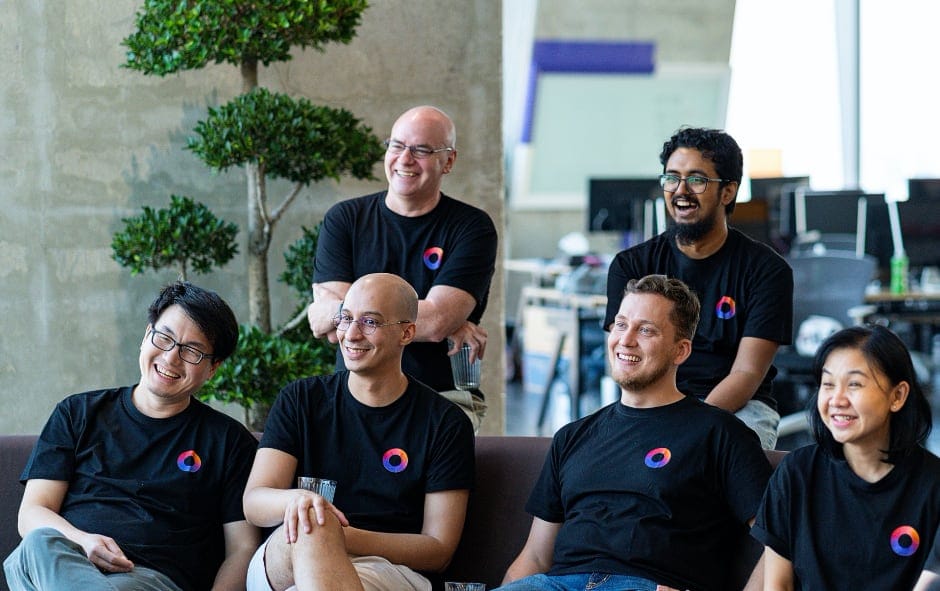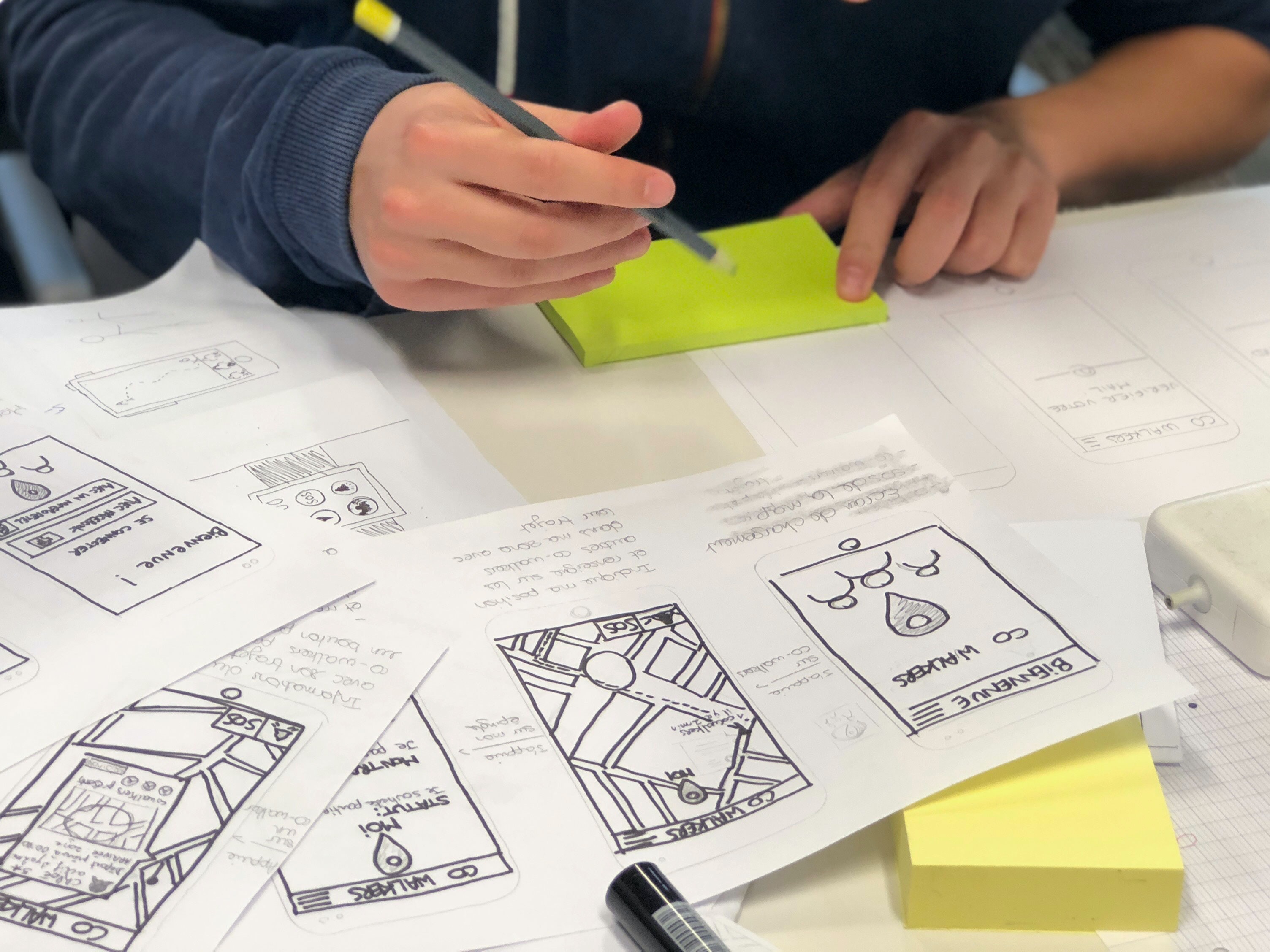Welcome to the UX Myth blog series, where I debunk common design misunderstandings you keep hearing about in product meetings (and attempting to fix them).
If I Can Use It. Our Users Can Figure It Out
In February 2010, Google launched a social network for Gmail called Google Buzz. They tested it with 20,000 google employees in a closed beta and the project was launched later that year. They ended up receiving mountains of complaints – so much so that they decided to discontinue the service a year and a half later, in December 2011, highlighting the importance of usability testing.
One of usability’s most hard-earned lessons, according to Jakob Nielsen, is that ‘you are not the user.’ If you work on a development project, you’re atypical by definition—design to optimize the user experience for outsiders, not insiders. The antidote to bubble vapour is user testing.
It’s easy to assume that everybody is exactly like you. UX research fundamentals will prepare you to be conscious of false consensus bias and inefficient design convention. Having an effective process in evaluating and iterating through rapid changes is also preferred as it will help you rake in more feedback and make everybody happy. User feedback is crucial in the iterative problem-solving process of UX design, ensuring that the product continues to meet users' needs after its launch.
What To Do?
hen it comes to getting out of your bubbles, getting feedback from external (read: average) users through thorough user research is your best shot in avoiding this. I won’t detail the notion of “testing is time-consuming and yields no benefit” right now. (psst… that’s the topic for another myth) but let’s say that we have established a cost-effective testing strategy using closed group review with minimal bias.


Ready to start your project? Contact Us
There are numerous tests you can run in quick succession during internal/external review sessions should the team decide to create a working prototype for focused user groups.
Once you have a way of getting the prototype out there and receiving feedback from REAL users, that might as well mark the real “start” of your projects, and this is why a lot of companies have been using a fail-fast philosophy among their product teams.
Bear in mind that you, as a group of the people working in the tech industry, represent just a small portion of people actually exposed with these experience. User-centered design is a critical process that prioritizes the needs and goals of users throughout design and development. For those working in the UX field, refer to Jakob’s Law.
Bear in mind that you, as a group of the people working in the tech industry, represent just a small portion of people actually exposed with these experience. User-centered design is a critical process that prioritizes the needs and goals of users throughout design and development. For those working in the UX field, refer to Jakob’s Law.
“Users spend most of their time on other sites. This means that users prefer your site to work the same way as all the other sites they already know.”
Fallbacks And Workarounds
Despite all that, some projects have limited time and no testing resource available. When it comes to that, rely on your insights and competitor's research:
Say, If we were to work on an app design for working adults in Thailand:
Graphic designers play a vital role in creating visual assets, emphasizing the importance of aesthetics in UX design.
Graphic designers play a vital role in creating visual assets, emphasizing the importance of aesthetics in UX design.
- Quickly research (or acquire insights from the marketing team) about apps that they may have used or are your main competitor’s. Eg. LINE, TikTok, Banking apps, Facebook, Twitter, etc.
- Try incorporating your app interactions in a way that resembles familiarity with those apps. It doesn’t have to look the same, just use some of the Standard Conventions derived from those apps for a ‘quick win’ of the user adoption and learning rate.
- Spend more time onboarding them on other uncommon interactions that may not exist in those apps.
All learning takes time and should not be rushed – an app is only as good as how accessible it is for most of your target users. A tangible feedback system can also be used to properly track and improve your apps further once you have established your own “experience” for your product.
